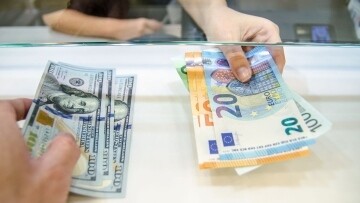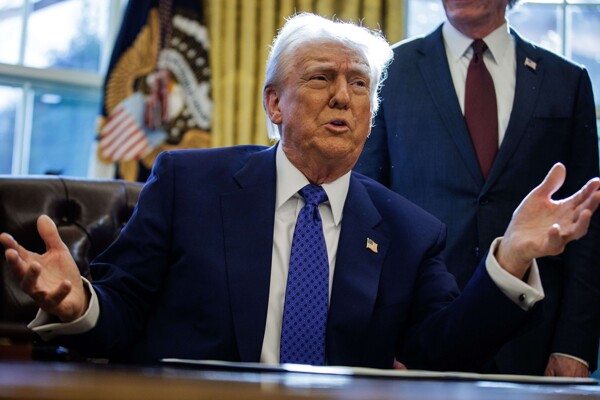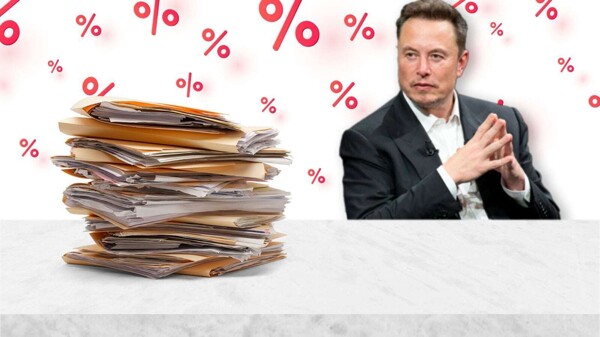
The report on producer prices (PPI) in the USA reduces inflationary pressures, which leads to a decline in the dollar exchange rate and the income of treasury obligations. The focus on the Euro supports optimism in connection with the ongoing negotiations between Ukraine and Russia, while the lingering effects of the trade war soften against the backdrop of potential tariff negotiations.
The dollar and other major currencies maintain positions in the five, as traders assess the effects of plans for reciprocal tariffs from Washington, which will not be implemented immediately, while the report on producer prices in the USA softens concerns about inflation.
According to Ray Attrill, head of currency strategy at National Australia Bank, "uncertainty regarding tariffs still exists, but markets are currently finding some relief in the news that the next round will not come into effect until April."
The dollar is trading around its minimum since January 27 at a mark of 107.25 after the publication of the producer prices report, which had a greater influence than hopes of a reduction in tariffs.
As noted by Carol Kong, currency strategist at Commonwealth Bank of Australia, although PPI details turned out to be "more benign," components of consumer prices for January indicate an increase above the Fed's target of 2%.
The dollar index remained primarily at the same level, standing at 107.07.
According to the data from futures, the market is assessing the likelihood of a rate cut by 33 basis points this year, which is down from the previously published data in 29 basis points ahead of the upcoming consumer inflation report.
Data on UK GDP on Thursday showed an unexpected increase of 0.1% in the last quarter of 2024.
The Canadian dollar, sustained by lower income from US treasury obligations, trades slightly above the two-month peak of C$1.4184, reached on Thursday.
In the midst, President Trump communicated with Russian President Vladimir Putin and Ukrainian President Volodymyr Zelensky, confirming Ukraine's participation in future negotiations.
The sterling fund reached $1.25705, the highest level since January 7, before declining to $1.256.
The Japanese currency, however, is preparing for its first weekly loss since the beginning of January.
The euro is trading around its highest level in two weeks, at a mark of $1.046925, underpinned by optimism surrounding potential global negotiations between Ukraine and Russia.
While the introduction of tariffs is not immediate, they may come into effect within the coming week, as the White House rearranges two-sided trade relations.
Following the PPI report, the yield on treasury obligations declined, helping to return to a level of 152.64 after a decrease to 154.80 in the average.
President Donald Trump on Thursday instructed his economic team to develop plans for reciprocal tariffs on countries that impose duties on imports from the USA.














